Text

The Moon Meets Mars: A Rare Celestial Encounter🌙
On the evening of June 29, 2025, There was a close encounter of the Moon and Mars known as a lunar conjunction. I used my Celestron telescope and Canon camera to capture this image.
Clear Skies!
🌐kencallahanphotography.com
1 note
·
View note
Text

I photographed this Northern Cardinal in my backyard on Friday June 27, 2025 .
Cardinals are often seen as spiritual messengers, and their frequent visits can be interpreted as a sign of good luck, a message from a loved one who has passed away, or a reminder to stay connected to your spiritual beliefs.
1 note
·
View note
Text
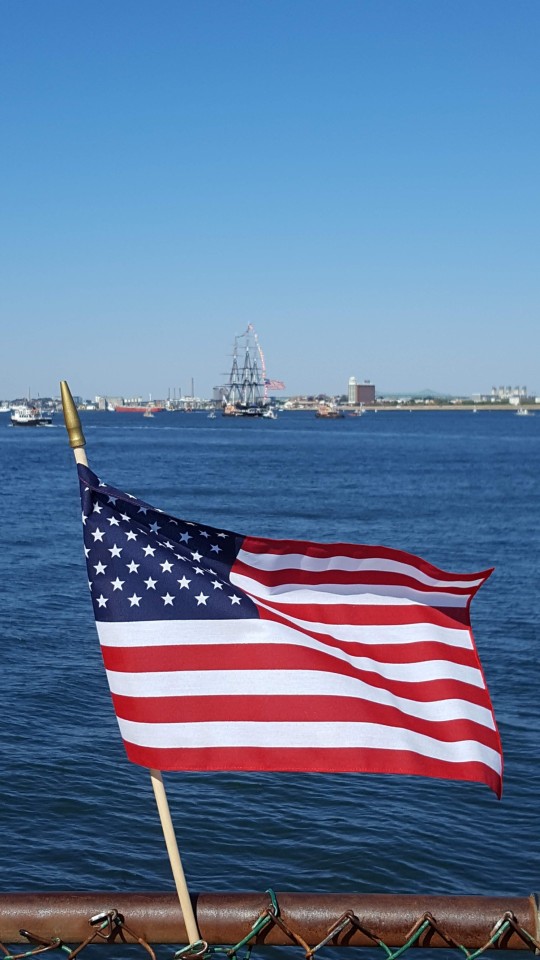
Today, we celebrate 250 years of service, strength, and sacrifice by the United States Army.
On June 14, 1775, the Continental Congress established a unified force to fight for American independence. Since that day, the U.S. Army has stood as a pillar of resilience, leadership, and unwavering dedication to our nation.
As the oldest commissioned warship afloat, USS Constitution proudly salutes 250 years of Army excellence. Your legacy continues to inspire us—past, present, and future.
Army Strong!
Today also marks Flag Day, commemorating the moment in 1777 when the Second Continental Congress adopted the Stars and Stripes, a new flag design credited to Betsy Ross. What began as 13 stars in a circle has evolved alongside our nation, symbolizing unity, freedom, and the American spirit.
We proudly honor what the American Ensign represents—liberty, perseverance, and national pride.
Photo taken October 19, 2018. Castle Island, South Boston Mass.
1 note
·
View note
Text
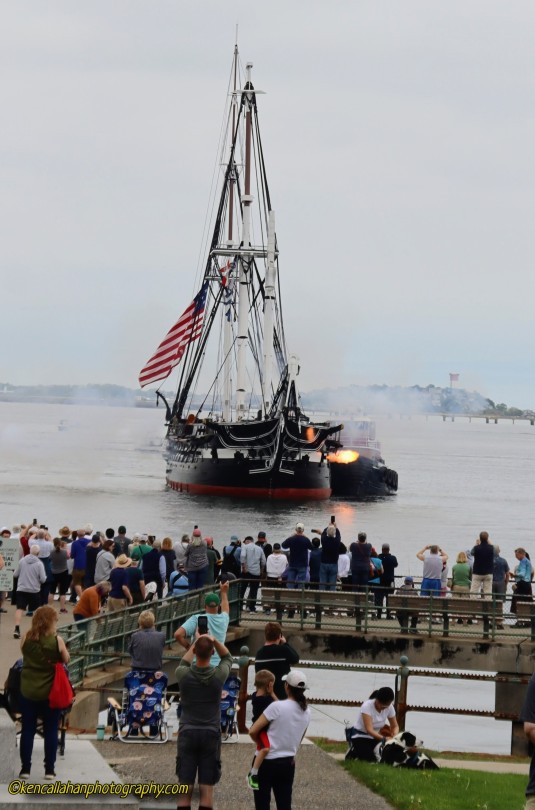


On May 16, 2025, the USS Constitution underwent a turnaround, which is a standard practice for the ship. This turnaround is part of the USS Constitution's 2025 Underway Season, where the ship is sailing for various events and preparations. The ship's crew used this underway for damage control training, seamanship exercises, and other preparations to ensure they're ready to host guests during upcoming events. Additionally, the turnaround allowed for the USS Constitution to honor the VE Day Ceremony aboard the ship, with public tours resuming later in the day.
The photos I took of the USS Constitution, also known as "Old Ironsides," shows the ship doing a 21-gun salute to honor Fort Independence on Castle Island in South Boston Massachusetts.
#USS Consitution#turnaround#21 gun salute#fort independence#castle island#massachusetts#south boston#photography#ve day 2025#canon rebel t8i
1 note
·
View note
Text

I was able to get a photo of the lunar eclipse through a break in the clouds where I live in Massachusetts. I used my Canon Rebel T8i camera attached to my Celestron Omni Telescope. I did some adjust in Adobe Premiere Elements to bring out the color lost in the hazy of the cloudy sky.
A lunar eclipse occurs when the sun, Earth, and moon align in such a way that Earth casts its shadow on the moon. During totality, the moon moves through Earth’s umbra, the darkest part of its shadow, creating the deep red hue of a "Blood Moon." The March full moon is traditionally known as the "Worm Moon" because this is the time of year when the ground softens and earthworm casts reappear. For these reasons, this total lunar eclipse in March is sometimes referred to as the "Blood Worm Moon."
Clear Skies!
kencallahanphotography.com
#astrophotography#canon rebel t8i#moon#photography#massachusetts#lunar eclipse#worm moon#blood moon#march 2025#sun#earth#celestron
37 notes
·
View notes
Text

There was another beautiful alignment of the moon and two planets that took place on February 1st, 2025 The young waxing crescent moon and bright Venus pair up in the southwestern sky at dusk for a stunning view — look for earthshine on the moon. Saturn can be seen just about a vertical fist-width, held at arm's length, below this beautiful pair.
I did a longer exposure with my Canon Rebel T8i camera and Tamron 18-400mm lens to bring out a much dimmer Saturn and the trees.
Clear Skies!
kencallahanphotography.com
#astrophotography#canon rebel t8i#moon#venus#saturn#waxing crescent#southwestern#tamron#february#alignment#trees
1 note
·
View note
Text

Looking to the southwest after dark on the night of January 4, 2025. I photographed a 39%-illuminated waxing crescent moon high above Saturn and Venus below. The ringed planet will shine at magnitude. 1 while Venus will be at magnitude. -4.5, near to the brightest it will get in its current apparition as the "Evening Star"
The term "Evening Star" is the name given to the planet Venus when it appears in the western sky after sunset. Venus is brighter than any other star and glows with a steady, silvery light. The ancient Greeks called it Hesperus and the French astronomer Nicolas Camille Flammarion called it "The Shepherd's Star"
kencallahanphotograhy.com
#astrophotography#moon#canon rebel t8i#saturn#venus#evening star#astronomer#greeks#Nicolas Camille Flammarion#shepherd's star
0 notes
Text


There was a treat in the skies above Massachusetts Tuesday night September 17, 2024. It was the September full moon, a supermoon known as the "Harvest Moon". It's also called the "Corn Moon."
During this full moon there was also a partially lunar eclipse.
What's a supermoon?
A supermoon is simply a full moon that occurs when the moon is closest to Earth in its orbit (also known as perigee). This tends to happen about three-to-four times each year, and we'll get another one next month. Supermoons look a bit larger and brighter than a typical full moon.
Lunar eclipse
As lunar eclipses go, this one was pretty minor.
At its peak, the Earth's shadow covered only 9% of the moon's diameter over Massachusetts. This means about 4% of the moon's surface entered the umbra, the darkest portion of the Earth's shadow.
Here are photos I took just before the partial eclipse started and then when about 9% of the lunar eclipse was occurring.
©kencallahanphotography.com
#photography#canon rebel t8i#massachusetts#moon#supermoon#earth#eclipse#harvest moon#corn moon#lunar eclipse#astrophotography
1 note
·
View note
Text

(Image credit: NASA)
On Sept. 7, 1995, the space shuttle Endeavour launched on mission STS-69. This was the 100th successful crew spaceflight mission for NASA.
Endeavour lifted off from NASA's historic launch site at Kennedy Space Center's Pad 39A. During the 11-day mission, five crewmembers did science experiments.
David M. Walker, Commander
Kenneth D. Cockrell, Pilot
James S. Voss, Payload Commander
Michael L. Gernhardt, Mission Specialist
James H. Newman, Mission Specialist
They deployed and retrieved a satellite called Spartan 201, and conducted a nearly seven-hour-long spacewalk to practice methods future astronauts would use to build the International Space Station.
#space shuttle#Endeavor#NASA#launch#spaceflight#Kennedy Space Center#pad 39A#International Space Station
2 notes
·
View notes
Text



Worker Bees in my Backyard.
Worker bees are female bees in a honey bee colony, and they are responsible for performing most of the tasks required to maintain the hive and support the survival of the colony. Worker bees collect nectar and pollen, build and maintain the hive, care for the young, and defend the colony against predators.
Worker bees are produced by the queen bee laying fertilised eggs, and they are diploid, meaning they have two sets of chromosomes. The worker bees are sterile and do not mate with the queen.
Worker bees have specialised physical characteristics, such as pollen baskets on their hind legs for carrying pollen, wax glands on their abdomens for building comb, and a specialised gland for producing royal jelly, which is fed to the young larvae.
The worker bees communicate with each other through a variety of methods, including pheromones and “dances” that indicate the location of food sources. Worker bees are crucial to the survival of a honey bee colony, and their tireless efforts help ensure that the hive is healthy and thrivin
0 notes
Text


FRIDAY HARBOR, Wash. — Retired Maj. Gen. William Anders, the former Apollo 8 astronaut who took the iconic “Earthrise” photo showing the planet as a shadowed blue marble from space in 1968, was killed Friday when the plane he was piloting alone plummeted into the waters off the San Juan Islands in Washington state. He was 90. His son, retired Air Force Lt. Col. Greg Anders, confirmed the death to The Associated Press.
#William Anders#Apollo 8#Earthrise#air force#astronaut#washington state#san juan island#Major General#1968
31 notes
·
View notes
Text
I did a video of the USS Constitution turnaround from Castle Island South Boston, Massachusetts on 5.17.24. The is the 21 gun salute to Fort Independence and the fort returns the the gun salute.
kencallahanphotography.com
4 notes
·
View notes
Text
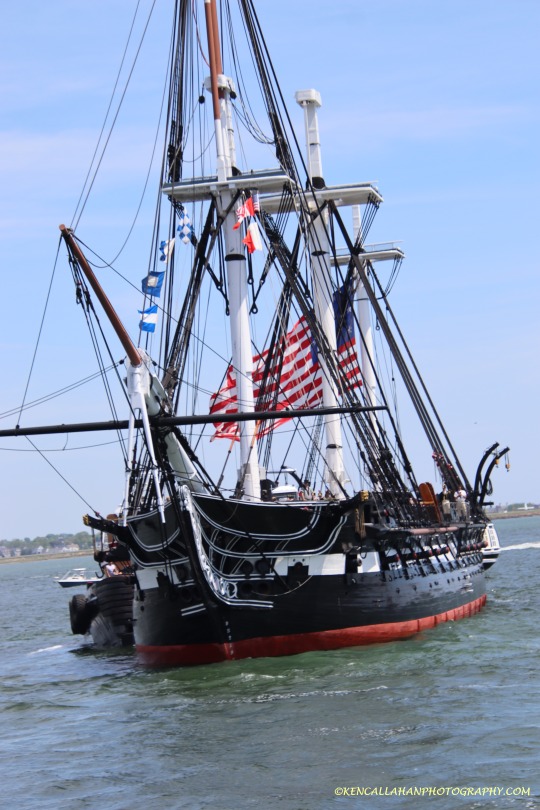
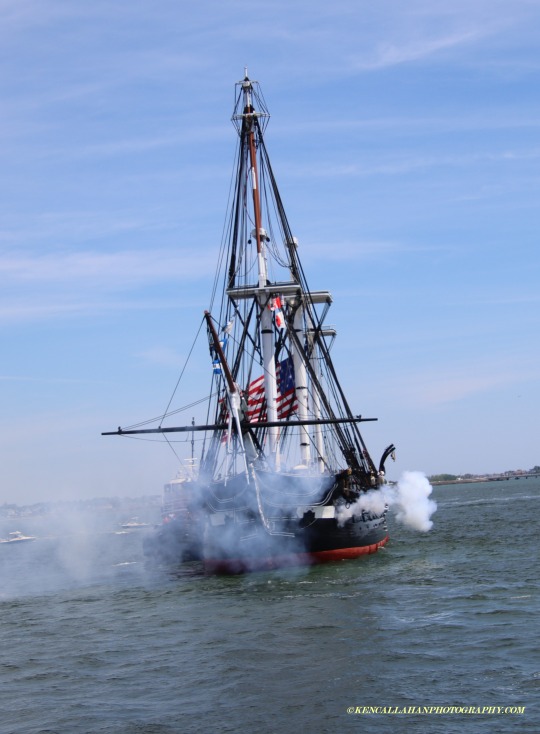
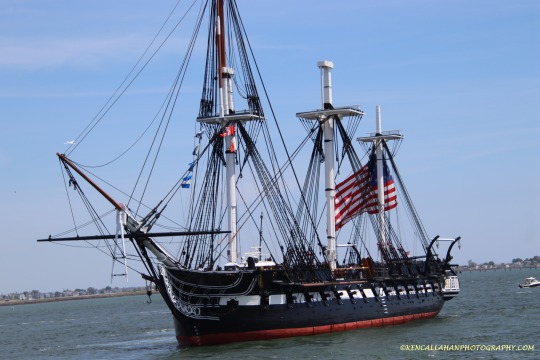

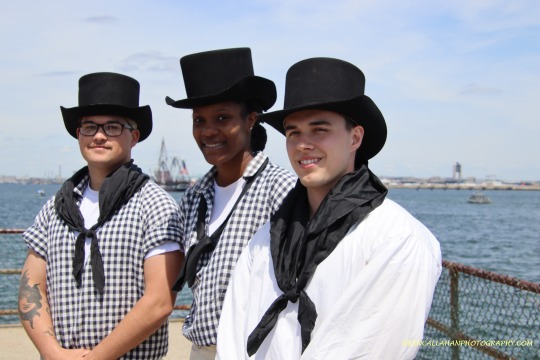
I went to Castle Island South Boston, Massachusetts on Friday May 17, 2024 for the annual turnaround of the USS Constitution.The weather was very nice and there was a good turn out for the event. The ship stops at the fish pier and turns to face Fort Independence and does a 21 gun salute. Then the fort returns the 21 gun salute to the ship. There was three sailors from USS Consitution that were dressed in 1812 era uniforms on the pier. They provided info about the ship as the event got under way. The USS Constitution next turnaround will be on July 4th.
kencallahanphotography.com
#uss constitution#Castle Island#South Boston#massachusetts#photography#canon rebel t8i#21 gun salute#1812 uniforms#Sailor#July 4th#Fort Independence
2 notes
·
View notes
Text


Known as Sunspot AR3664, this is one of the largest sunspots we have seen in decades. In fact, many experts are comparing it to a famous sunspot way back in 1859, known as "Carrington's sunspot". AR3664 is nearly 200,000 km wide, the size of about 15 Earths! How to see the northern lights Hunting for aurorae is one of the most accessible forms of visual astronomy. To see the northern lights, all you have to do is find a good dark-sky site, a clear horizon, and look north — in the Northern Hemisphere, of course. (In the Southern Hemisphere, a G4-level storm could generate aurorae visible at dark-sky sites as far north as Sydney and Perth.) The best time to observe the northern lights is around midnight, when the auroral oval is typically farthest south and the sky is darkest.
Keep in mind that if your dark-adapted eyes can’t see anything, a camera — even the one on your phone, in night mode — may well be able to capture aurorae that you cannot.
Here are photos I took today of the massive sunspot.
kencallahanphotography.com
2 notes
·
View notes
Text
I did a time-lapse video of my photos from the April 8th solar eclipse. I combined about 30 photos in Adobe Premiere and added a music track.
Clear Skies!
kencallahanphotography.com
2 notes
·
View notes
Text
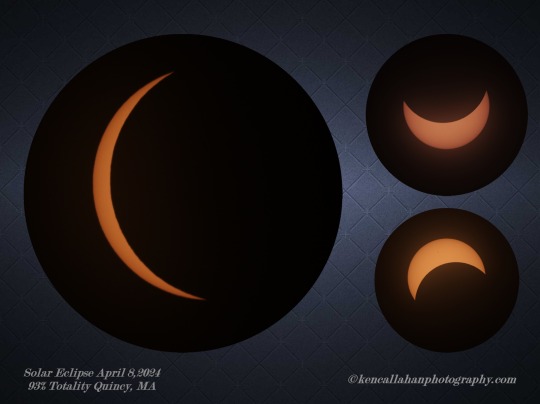
Here are my photos of The April 8th Solar Eclipse. Where I live in Massachusetts the max totality was 93%. As an avid astronomer and photographer this was an exciting event. It would have been great to have been in the path of full totality but I was not able do that. I am so glad that over 31 million people got to see full totality and I hope this sparks peoples interest in the celestial wonders of the night sky.
Clear skies!
#photography#astrophotography#quincy ma#massachusetts#solar eclipse#April#totality#astronomer#celestial#93%
5 notes
·
View notes
Text
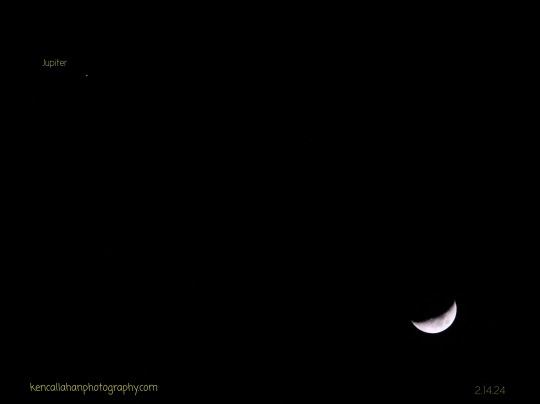
Tonight's pairing of Jupiter and the Moon. They may be close in the sky but not in our solar system. The Moon is 238 thousand miles from Earth and Jupiter is 484 million miles away.
4 notes
·
View notes